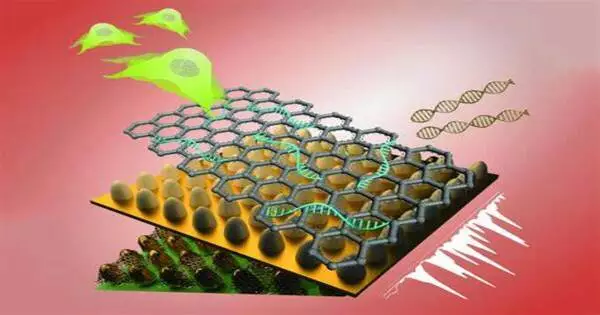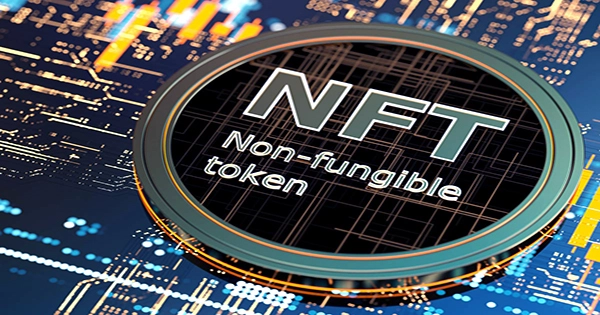A biosensor is an analytical device for detecting chemical substances that combines a biological component with a physicochemical detector. It is a device that combines a biological element with a physicochemical detector to detect, analyze, and send information on the presence and concentration of specific compounds in a biological environment.
It typically consists of three major components: a biological recognition device, a transducer, and related electronics or signal processors. The sensitive biological element, such as tissue, bacteria, organelles, cell receptors, enzymes, antibodies, nucleic acids, and so on, is a biologically derived substance or biomimetic component that interacts with, binds to, or recognizes the analyte under study.
Biological engineering can also be used to develop biologically sensitive elements. The transducer or detector element, which converts one signal into another, operates in a physicochemical manner: optical, piezoelectric, electrochemical, electrochemiluminescence, etc., as a result of the analyte’s interaction with the biological element, to simply measure and quantify.
Here are the key components of a typical biosensor:
- Biological Element: This component can be an enzyme, antibody, DNA, or any other biomolecule that interacts specifically with the target substance (analyte). The biological element provides the selectivity of the biosensor.
- Transducer: The transducer is responsible for converting the biological response (e.g., binding of the analyte to the biological element) into a measurable signal. Common transduction methods include electrochemical, optical, piezoelectric, and thermal techniques.
- Signal Processing System: The signal generated by the transducer is frequently weak and must be amplified and processed before it can be used. This is usually accomplished through the use of electronics or software.
The biosensor reader device communicates with the related electronics or signal processors, which are principally responsible for the user-friendly display of the data. This is sometimes the most expensive aspect of the sensor device, but it is possible to create a user-friendly display that contains both the transducer and the sensitive element (holographic sensor). The readers are often custom-designed and built to accommodate the various working principles of biosensors.
Applications
Biosensors are used in a variety of fields, including medical diagnostics, environmental monitoring, the food and beverage industry, and biotechnology. They detect a wide variety of analytes, including glucose, cholesterol, infections, poisons, and other biomolecules. Biosensor development has greatly aided the advancement of point-of-care diagnostics, personalized therapy, and real-time monitoring of biological processes.
Biosensors are becoming more sensitive, selective, and adaptable as nanotechnology, microfabrication techniques, and biorecognition elements progress, paving the door for myriad possible applications in a variety of sectors.
















